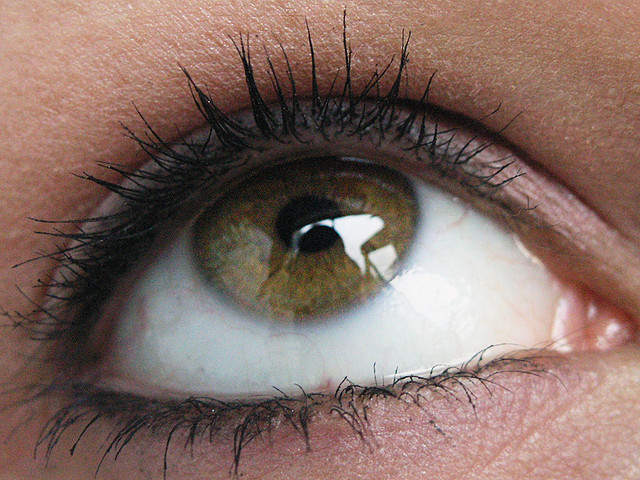READ: Death Investigation
Estimating the PMI
Rigor Mortis
Rigor mortis is a condition that develops soon after a person dies. The muscles in the body become rigid and the body becomes stiff. This condition develops within the first 24 hours and typically subsides after 36 hours. This time frame can help give a rough estimate of the time of death. For example, if a body is found to have rigor mortis, you can usually assume that the person died 24-36 hours ago. It is important to understand that this condition can develop more rapidly if temperatures are hot.
Algor Mortis
Algor mortis happens when the body begins to lose heat. After the person has died, the body temperature decreases until it reaches room temperature, or the temperature where the body is lying outside. Bodies will typically lose 1-1.5 degrees fahrenheit per hour. By taking the temperature of the body, this can give a rough estimate of the post mortem interval. For example, normal body temperature is 98.6 degrees fahrenheit, so if a body is found to be 80 degrees you can estimate that the person has been dead around 12 - 18 hours.
Algor mortis can also be affected by other factors that you need to take into consideration. The clothes the body is wearing can hold in more heat depending on the type of clothes. The temperature where the body is can also make the process faster or slower. If the body is larger it can release heat more slowly. All of these factors must be considered when estimating the time of death based on algor mortis.
Livor Mortis
Livor mortis begins right after a person dies and continues for about 12 hours. Livor mortis happens when the blood in the body pools in the areas closest to the ground. This starts to happen as soon as the heart stops pumping after death. When the blood pools it creates a darker purple or red splotches on the skin. If the body was restricted by clothing or something under the body, blood will not pool in that area. After about 12-16 hours the coloring is fixed and would no longer change if the body was moved.
Livor mortis is especially useful because it can help investigators determine if a body was moved after death. If the patterns don’t match up to where the body was found, it is possible that the body was somewhere else when death occurred. It is also possible to make an estimation about the post mortem interval from livor mortis based on whether or not the pattern is fixed. Sometimes investigators will push on the skin to see if the coloring will go away. If it does, the body has been there less than 12 hours. Livor mortis can also be affected by temperature, so it is important to keep this in mind when estimating the time of death.
Vitreous Humor
The vitreous humor is the fluid in the eyeball. After a person dies the levels of potassium in the vitreous humor increases. Investigators at the scene can draw fluid from the eye and test the amount of potassium present. This can help them determine the time since death, but it is also impacted by temperature.

Stomach Contents
The contents of the stomach can also provide clues about the time of death, and sometimes even the cause of death. The contents of the stomach can be examined as part of an autopsy. If food is found in the stomach that usually means the person died just a few hours after they last ate. If the stomach is completely empty that usually means the person died at least 6 hours after they last ate. The medical examiner can also look at the small intestine. If no food is present in the small intestine it has typically been at least 12 hours since the person ate.
Sometimes the stomach contents can also contain clues about how a person died. They might contain partially digested pills indicating that the death was a poisoning or overdose. The stomach contents could also be tested for suspected drugs or other toxins that might be involved in the death.